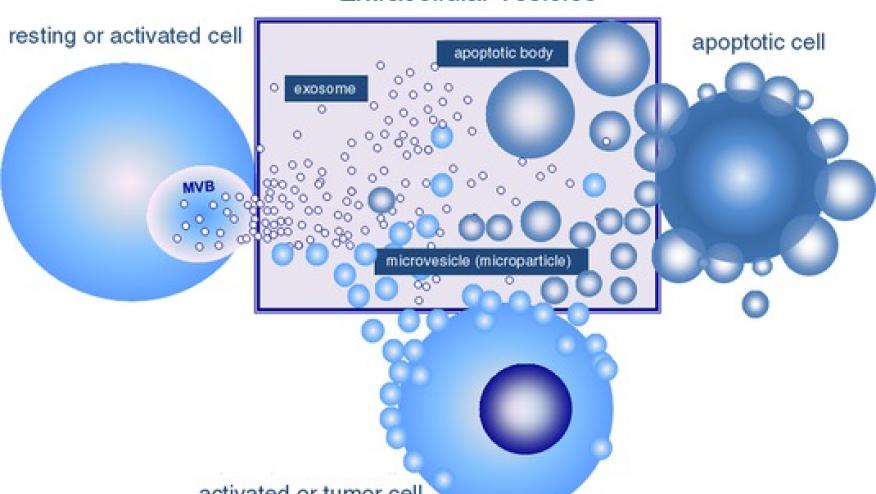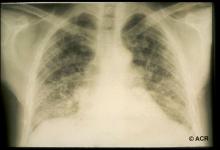Microvesicles May Ameliorate Arthritis Damage Save

Microvesicles are emerging as a new mechanism of intercellular communication by transferring cellular lipid and protein components to target cells, yet their function in disease is only now being explored.
Microvesicles are 0.5-1 mm fluid-filled particles released by neutrophils and are thought to transfer lipids and proteins to other cell types. Nevertheless, their role in health and disease remains unclear.
Microvesicles released from neutrophils have the ability to enter cartilage - a discovery that could open the door to novel treatment strategies for arthritis. In animal models, the absence of microvesicles was associated with more cartilage damage and replenishing with microvesicles ameliorated cartilage damage.
Researchers at the University of London in the UK have shown that neutrophil-derived microvesicles were increased in concentration in synovial fluid from rheumatoid arthritis patients compared to paired plasma. (Citation source http://buff.ly/1SIbimq)
They postulate that microvesicles, either directly or loaded with therapeutics, can be harnessed as a unique therapeutic strategy for protection in diseases associated with cartilage degeneration.
(Thanks to the rheumatology father-son combo, Dr. Barry Gruber and Conor Gruber [MD-PhD candidate], from Long Island, NY for this key reference!!)







If you are a health practitioner, you may Login/Register to comment.
Due to the nature of these comment forums, only health practitioners are allowed to comment at this time.